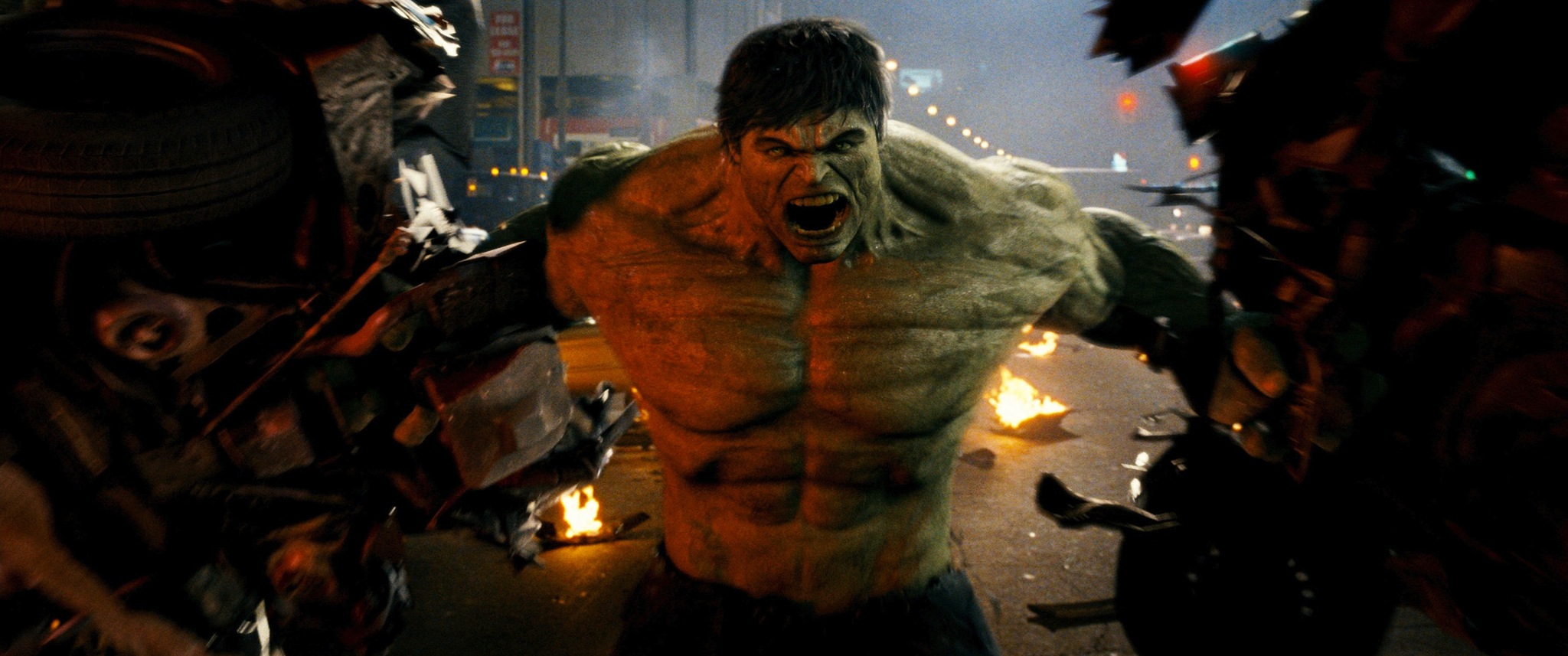The Incredible Hulk (2008)

“The Incredible Hulk” is a 2008 superhero film directed by Louis Leterrier and based on the Marvel Comics character Hulk. It is the second film in the Marvel Cinematic Universe (MCU). The movie stars Edward Norton as Dr. Bruce Banner, a scientist who transforms into the powerful and uncontrollable Hulk when his heart rate exceeds a certain level.

The film begins with Banner on the run, hiding in Brazil while he searches for a cure for his condition. He communicates with a mysterious scientist known only as Mr. Blue, who attempts to help him find a solution. Meanwhile, General Thaddeus “Thunderbolt” Ross (William Hurt) is determined to capture Banner and harness his power for military use. Ross’s daughter, Betty Ross (Liv Tyler), who is also Banner’s former lover, becomes involved in the conflict as she seeks to protect Bruce from her father’s obsession.

The situation escalates when Emil Blonsky (Tim Roth), a soldier working under General Ross, volunteers to be injected with a similar serum that created the Hulk. Blonsky transforms into the Abomination, a monstrous and even more destructive creature than the Hulk. This sets the stage for a climactic battle between the two titans in the streets of Harlem, New York.
“The Incredible Hulk” delves into themes of identity, control, and the struggle between man’s humanity and his darker instincts. The film features intense action sequences, visual effects that bring the Hulk to life, and a deeper exploration of Banner’s character and his quest for redemption.
Though it was released shortly after “Iron Man” and helped to establish the interconnected MCU, “The Incredible Hulk” stands out for its unique take on the Hulk’s story and Edward Norton’s portrayal of the troubled scientist. The film received generally positive reviews for its action and special effects, and it continues to be an integral part of the broader Marvel narrative.
Susgessted video for you:
Survive 2024: Waking to a Dry Ocean – A Signal of the Coming Apocalypse
Furious 7 (2015)











